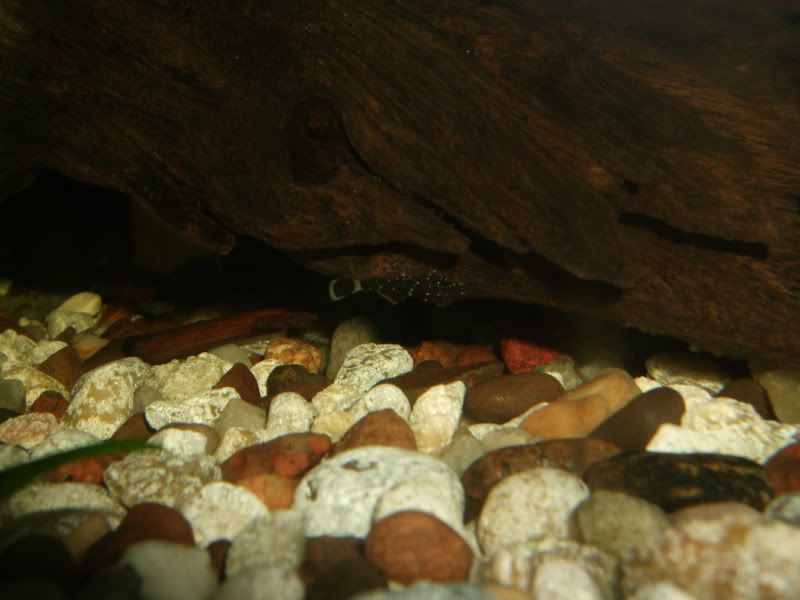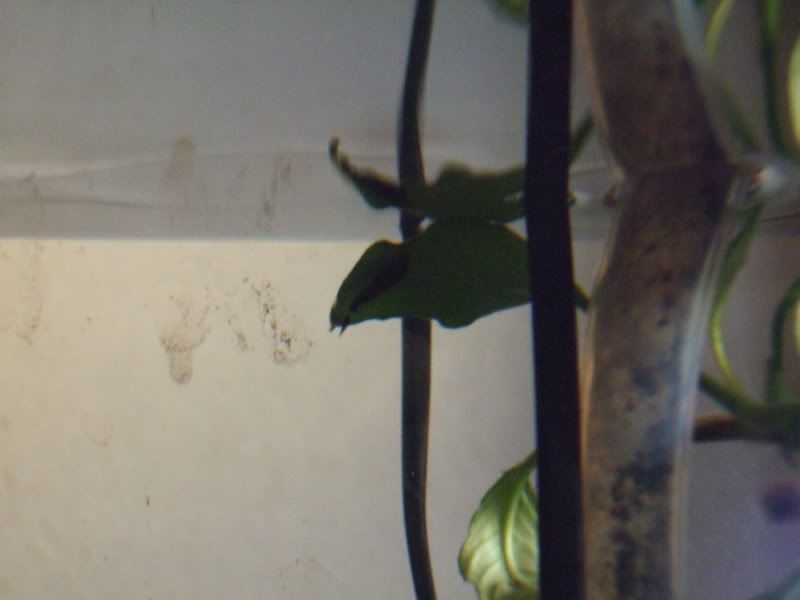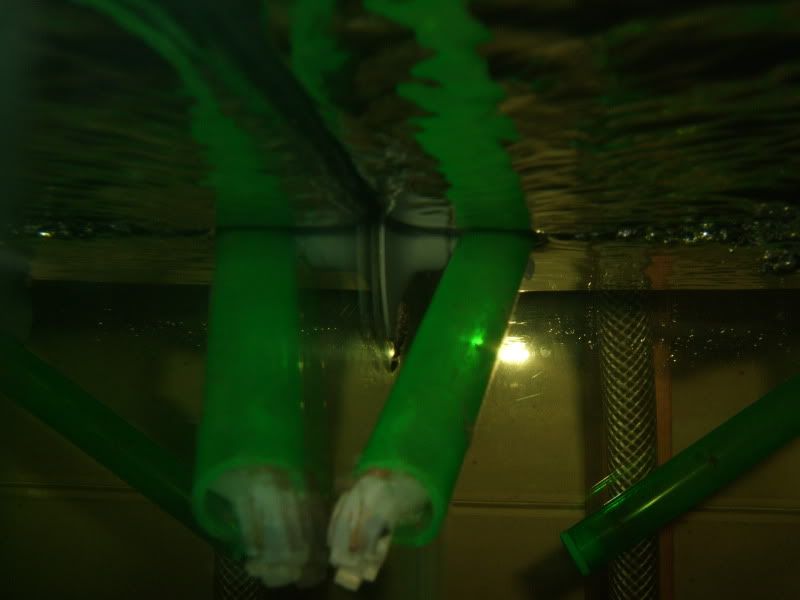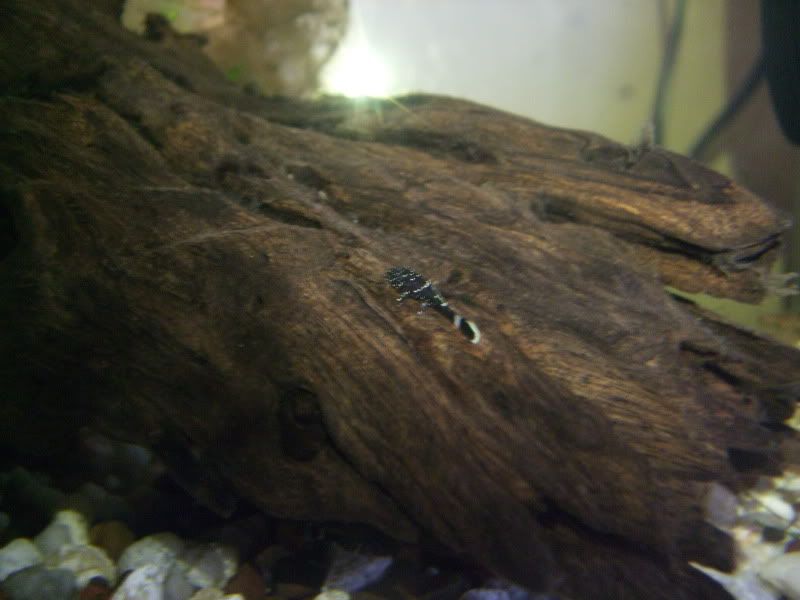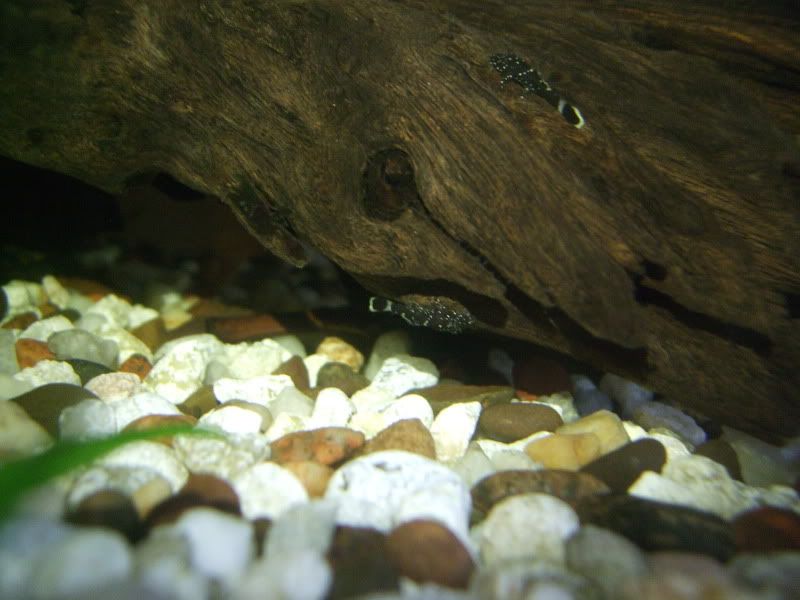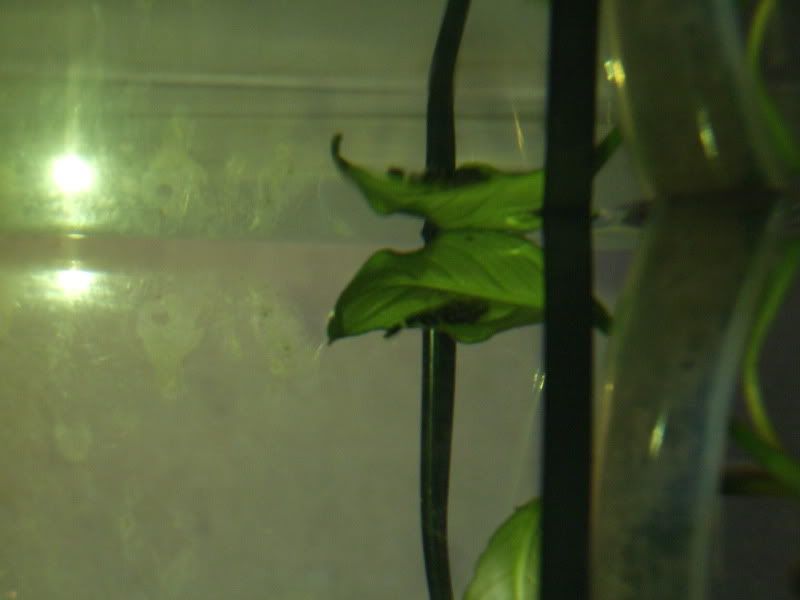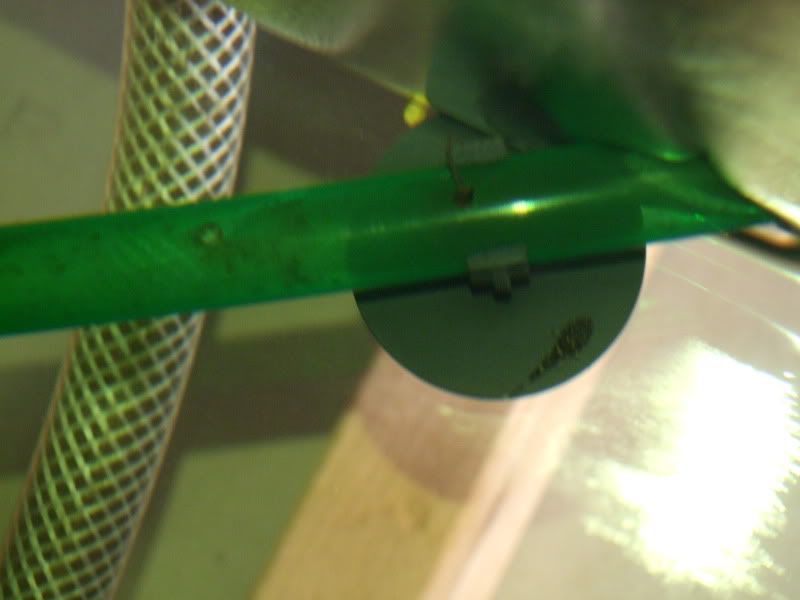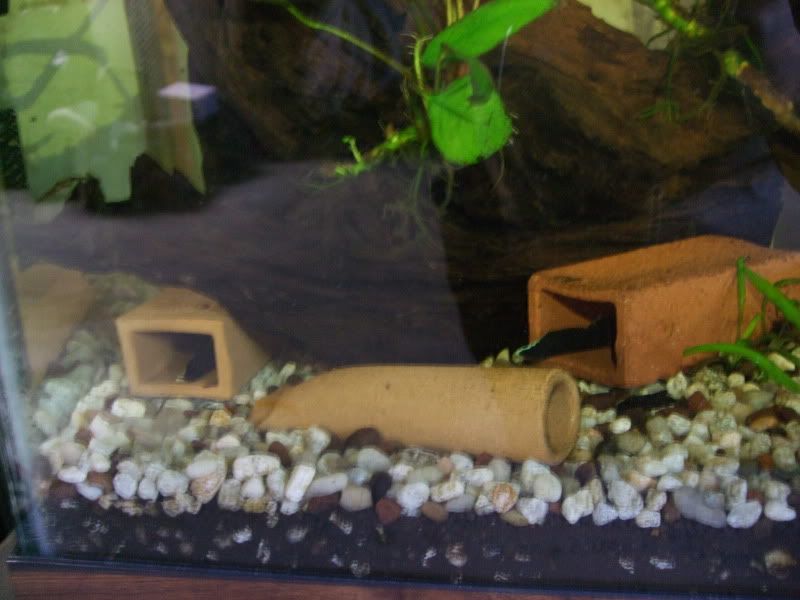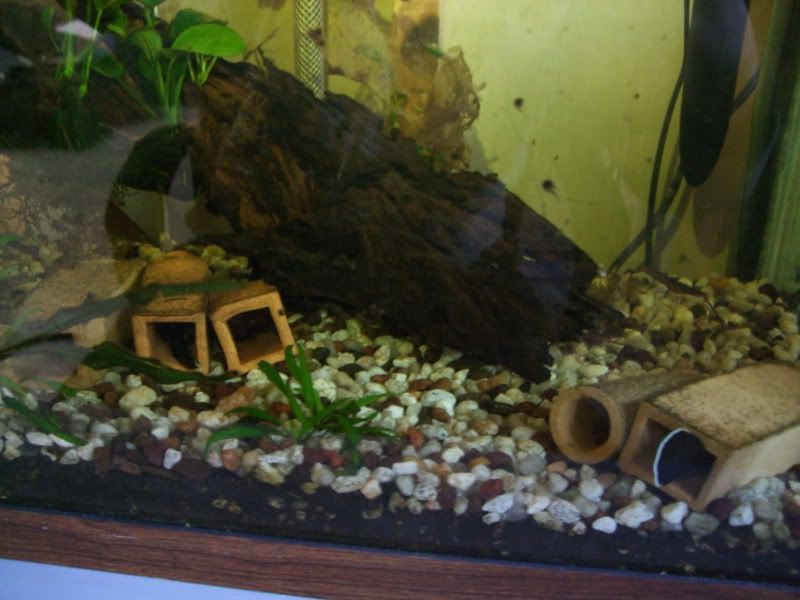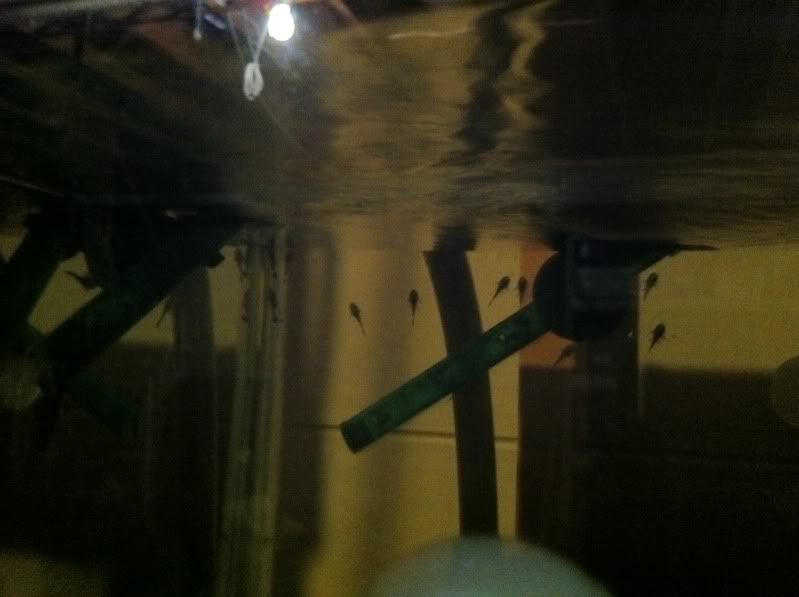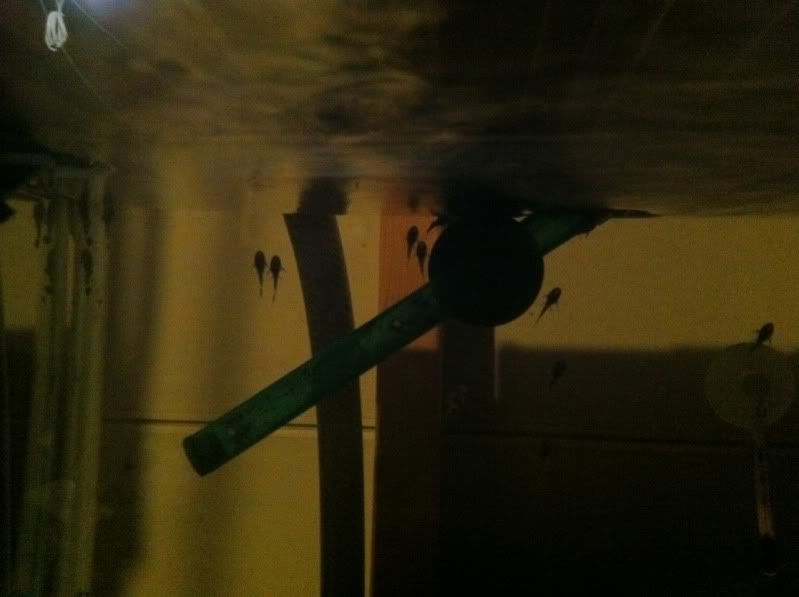Hi all,
pH crashes, something I have been trying to dispel in high tech co2 injected tanks now for the past few months. Maybe in a setting like this it is possible but I am still trying to figure out how they happen. In a planted tank with co2 I have the has a GH of less than 1 degree I pump copious amounts of gas in there and have yet to have an issue, this tank is stocked with Discus and Cardinal tetras (pretty sensitive to fluctuations). It is also the same case on a low tech tank I have that houses high grade CRS and more difficult Crypts, almost no "buffering" capacity and still not ever an issue.
I think this is a much misunderstood subject area. We had a thread about this a while ago <
http://www.planetcatfish.com/forum/view ... =5&t=32162>. I understand that people have had their pH decline rapidly, and at the same time they have had loss of (or damage to) much loved (and often expensive) fish and they are fully entitled to their opinions based upon their own experience, but the pH decline and damage to livestock are both symptoms of other problems, it is not the pH "crash" directly causing the fish death.
Bio-acidification
I'd recommend that people read this, as it covers the relevant points and is better written than I can manage. <
http://www.skepticalaquarist.com/docs/w ... acid.shtml>
As other posters have pointed out the there is a fairly straight forward relationship between pH and KH. I'd go a lot further
"any pH value quoted without some measure of the carbonate buffering" is basically valueless.
The concept of buffering isn't something that is instantly obvious so I'll use the "Cup of Tea" analogy, it isn't chemically correct but hopefully it is easy to follow:
"
I think of the concept of buffering like putting 4 spoonfuls of sugar in your tea. Once the tea is really sweet ("the solution is fully saturated"), some sugar will remain undissolved in the bottom of the cup. If you drink some of that cup of tea, then pour some more tea into it from the tea pot you have diluted your solution and it is no longer fully saturated with sugar. As soon as the solution isn't fully saturated with sugar some more of the sugar will now go into solution from the reservoir at the bottom of the cup. In this case the undissolved sugar reservoir is your buffer".
I'll also try and summarise (some chemistry) the various components relevant to pH, Hardness and TDS :
pH
Is a bit of a funny measurement. Because acidity/alkalinity is difficult to calculate, or compare (without using titremetric methods) the pH scale was developed which acts as a proxy, by expressing acidity/alkalinity in terms of the equivalent activity of H+ ions (also called "protons", and actually in the form of hydronium ions H3O+)
I'll use Wikipedia for this as it covers the important bit fairly succinctly.
"
In a solution pH approximates ... to p[H], the negative logarithm (base 10) of the molar concentration of dissolved hydronium ions (H3O+); a low pH indicates a high concentration of hydronium ions, while a high pH indicates a low concentration. Crudely, this negative of the logarithm matches the number of places behind the decimal point, so for example 0.1 molar hydrochloric acid should be near pH 1 and 0.0001 molar HCl should be near pH 4 (the base 10 logarithms of 0.1 and 0.0001 being −1, and −4, respectively). Pure (de-ionised) water is neutral, and can be considered either a very weak acid or a very weak base (centre of the 0 to 14 pH scale), giving it a pH of 7 (at 25 °C (77 °F)), or 0.0000001 M H+.[1] For an aqueous solution to have a higher pH, a base must be dissolved in it, which binds away many of these rare hydrogen ions. Hydrogen ions in water can be written simply as H+ or as hydronium (H3O+) ions."
Acidity
"
An acid is a substance which can act as a proton (H+) donor. Most acids encountered in everyday life are aqueous solutions, or can be dissolved in water, and these two definitions are most relevant. The reason why pH of acids are less than 7 is that the concentration of hydronium ions is greater than 10−7 moles per litre. Since pH is defined as the negative logarithm of the concentration of hydronium ions, acids have pH of less than 7".
Alkalinity or basicity
"
A base in chemistry is a substance that can accept hydrogen ions or more generally, donate electron pairs. A soluble base is referred to as an alkali if it contains and releases hydroxide ions (OH−) quantitatively. The Brønsted-Lowry theory defines bases as proton (hydrogen ion H+) acceptors".
So out of all that the important bit is
acids are H+ donors and alkalis are H+ acceptors.
If we have a situation where we have added Indian Almond leaves, or peat filtered the water, humic acid (from the leaves or peat) will bind with the positively charged calcium and magnesium ions, and exchange them for positively charged hydrogen ions, decreasing the pH. So this is an acid / base reaction.
dGH is the measure of the divalent cations (Ca2+ and Mg2+), from the peat reaction you can see that if you have water with a high dGH (conc. of Ca and Mg ions), you need a lot of peat to donate enough H+ ions to accept all the Ca/Mg 2+ ions. This process doesn't greatly effect the TDS, all you have done is replaced one sort of compound with another. Probably this is best shown by an image (NaCl/H2SO4 can be any salt/acid, weak acids will have a much smaller effect on conductivity (measured as microS or ppm TDS)):

These are general acid base interactions, but we can then look at a specific acid / base pair, the pairing that is probably most relevant to us is the reaction between CO2 and carbonates, this is slightly complicated by the disassociation into bicarbonate and carbonate, but starts with CO2 dissolving to form carbonic acid (H2CO3):
CO2 + H2O is in equilibrium with H2CO3.
You can drive the equation in either direction by adding either CO2 or a source of carbonates:
CO32− +2 H2O ↔ HCO3− + H2O + OH− ↔ H2CO3 +2 OH−
&
H2CO3 +2 H2O ↔ HCO3− + H3O+ + H2O ↔ CO32− +2 H3O+
If you have very hard carbonate rich water (water with a high dKH "K(c)arbonate Hardness") you have a large supply of carbonate, this is "buffering", the potential to neutralise acids (or technically to accept H+ ions). The dKH is from the carbon dioxide (CO2, but dissolved as H2CO3 in rainwater) reacting with limestone (calcium carbonate (CaCO3)) in the aquifer to form soluble calcium bicarbonate (Ca(HCO3)2) and giving you a large reserve of carbonate buffering in the water.
Specific Case - Soft alkaline water
I'll run through a specific case, this water belongs to a
Hypancistrus zebra breeder from NE Scotland and has a number of unusual parameters, his question were:
do I need to use RO/HMA filters? and how can he lower the pH of his water?
My tap water has the following parameters
Ph 8.40
TDS 103
GH 5dKH (107.4ppm)
KH 3dKH (53.7 ppm)".
I'll put my reply in green.
Strange as it may sound, as this starts with pH8.4, this is actually a very good starting point. Your pH8.4 is a very long way from the pH8ish that I get in our infinitely carbonate buffered tap water.
TDS 103 - so about 150 microS, fairly low conductivity. This means that there aren't many salts of any description, and no reservoir of buffering (to go back to the tea cup analogy, there is very little sugar in your tea and it has all dissolved.)
Hardness, dGH5 and dKH3 some hardness and buffering, but not too much. Almost perfect except for the pH, but in this case we can be almost certain that the pH relates to a relatively small amount of alkaline (or basic) ions in your water, not a carbonate ion because of the low dKH value, so this is almost certainly the very small amount of the strong alkali "caustic soda" (sodium hydroxide - NaOH) the water company added, specifically to raise the pH and stop the water dissolving lead/copper pipes.
Water in the tank:
PH 6.64 (held there by 6.5 Buffer)
TDS 243
GH 3dKH (53.7ppm)
KH 2dKH (35.8 ppm)
TDS has gone up to 243, almost certainly because of the buffer, because both dGH and dKH have gone down. The drop in dGH/KH is probably via bio-acidification or the humic acids from Indian almond leaves swapping H+ ions for Ca2+ ions). Because dGH/KH are lower you haven't added any Ca2+ or carbonates, but you have added something that lowers the pH, down to pH 6.6.
To buffer a solution to pH6.5 you would normally use a phosphate buffer utilising the acid/alkali equilibrium between di-sodium hydrogen phosphate (Na2HPO4 - a weak acid) and mono-sodium hydrogen phosphate (NaH2PO4 a weak base), and that would be my guess, that you have been using a phosphate buffer <
http://www.aquatics-online.co.uk/catalo ... usters.asp>.
The good news is you definitely don't need the buffer. The pH of your tap water should reduce naturally as you add weak acids from peat filtration, Indian almond leaves, Alder cones etc. It may need monitoring to stop it declining to too low a pH, you can buffer it back up with some Oyster shell grit or 4dkH solution like the one http://dennerle.com/global/index.php?op ... 94&lang=en.
You may not actually need it but the RO unit won't do any harm, the membrane will last a long time and you will have little "waste" water. The same with the HMA filter, it should last a long time because your water is pretty pure all ready, and it will make sure you don't have heavy metal problems.
Sorry it is such a long post.
cheers Darrel
